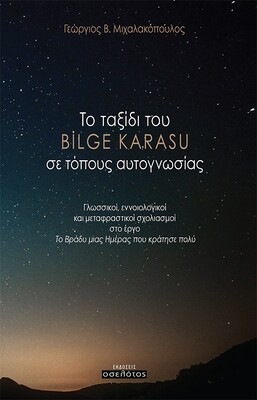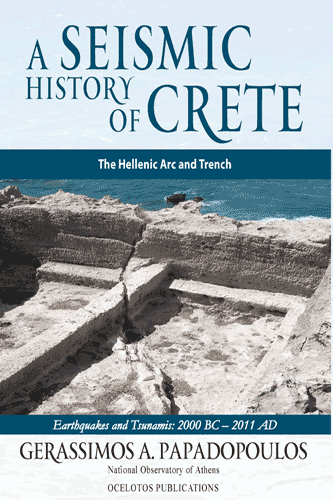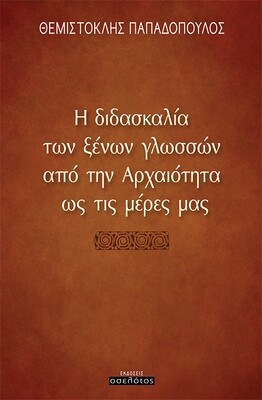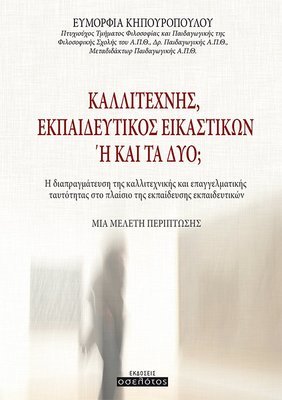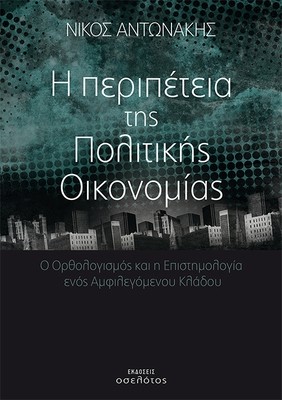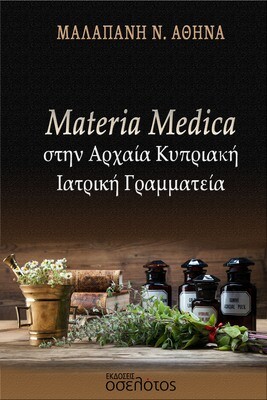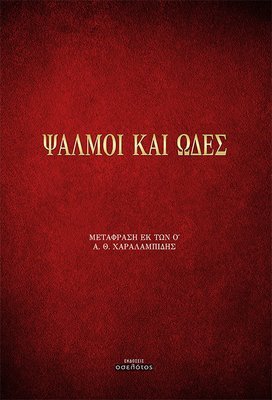
A Seismic History of Crete, The Hellenic Arc and Trench
A Seismic History of Crete, The Hellenic Arc and Trench
Author Gerassimos Papadopoulos | Demensions: 17 cm x 24 cm | Pages: 416
Why write a book about the earthquakes in the area of Crete?
The seismicity in Greece and in the adjacent regions is the highest in the Western Eurasia. One of the most active seismotectonic structures in that region is the Hellenic Arc and Trench (H-AT) system. The island of Crete occupies the central segment of H-AT just to the north of the front where the lithospheric plates of Africa and Eurasia converge and the former bends and subducts beneath the later. Therefore, the shallow and intermediate-depth seismicity in the area of Crete is very high. In addition, these processes produce other important geodynamic phenomena, such as volcanic eruptions along the South Aegean Sea island arc as well as tsunamis.
In Crete civilization was developed long ago, and because of this the earthquake record goes also very back in the past. The rich seismic history of Crete was documented so far in historical sources and instrumental records. However, historical documentation is not complete and several earthquake events escaped historical record and remained unknown. In addition, some strong events of the instrumental era of seismicity are not well-studied. Therefore, there is need to review and complete further the historical seismicity of Crete. This is the first objective for writing this book.
It is worth noting that new knowledge about historical earthquakes and tsunamis in the area of Crete was accumulated from geological and archaeological observations. In addition, analytical laboratory results, e.g. for dating purposes, and numerical modeling of tsunami waves yield new insight in the study of earthquakes and tsunamis. However, such new knowledge has not been integrated so far into a unified methodological approach as a supplement to historical and instrumental documentation. This is exactly the second objective for writing this book.
The third reason that justifies writing this book is that three very important key-events have taken place exactly in the area of Crete: The LBA (17th century BC) or Minoan giant eruption of Thera volcano and its associated large tsunami, as well as the big tsunamigenic earthquakes of AD 365 and 1303. The repeat of such extreme events in the future would have dramatic consequences for the communities in a large part of the Mediterranean basin. Therefore, their study by all available means is a scientific challenge of high-priority.
About the author Gerassimos Papadopoulos
The author graduated (1975) and got PhD degree (1982) in solid Earth geophysics from the University of Thessaloniki. He was post-doc researcher at MIT (Boston, USA, 1984) and in Japan as Visiting Researcher at NIED, Tsukuba (1993), and Visiting Professor at the Tohoku University (2004). He served at the Earthquake Planning & Protection Organization (Athens, 1985-1994) and is with the Institute of Geodynamics, National Observatory of Athens, since 1995; Research Director since 2002.
Main fields of interest are seismicity, earthquake prediction and tsunami science. He has published more than 100 reviewed scientific papers and many others, including three books, getting more than 1,000 citations. He has served in organizations and commissions established by the Greek and Italian Governments, the Council of Europe, the European Seismological Commission, the International Natural Hazards Society, the UNESCO, the International Union of Geodesy & Geophysics and the American Geophysical Union. Editor-in-Chief of the peer reviewed journal Research in Geophysics, Guest Editor in the journals Natural Hazards and J. of Geodynamics.
Awarded the Nekashizuka Award (1993) for his tsunami studies, a Special Prize of the Academy of Athens (2002, shared with S. Pavlides and A. Ganas) for their studies on the 1999 Athens earthquake, and the Rammal Award of EuroScience (2004) for promoting scientific collaboration in the Mediterranean region in the field of seismology.
In this book the geodynamics and seismicity of the Hellenic Arc and Trench in the area of Crete are reviewed. Starting from the Minoan era of about 2000 BC, 190 earthquake events occurring in the pre-historical, the historical and the primitive instrumental period up to 1913, are critically examined with the support of field geological and archaeological observations and of documentary sources in original language and in English translation. A considerable number of those events were unknown in the seismological literature so far. Earthquake focal parameters are evaluated and reliability scales are introduced. Associated phenomena, such as volcanic eruptions, tsunamis, seaquakes, liquefaction in soil, rockfalls and landslides, earthquake precursors and the similar are also described. Cultural items, such as folk songs, poems etc., as well as pictorial material, when related to the earthquake activity, are also inserted along with the rest documentary material. Another set of 29 only strong earthquake events occurring in the early and the modern instrumental era of seismology up to 2011 inclusive are also examined with the support of instrumental records and macroseismic observations. Associated phenomena are again described.
e-mail address: papadop@noa.gr
